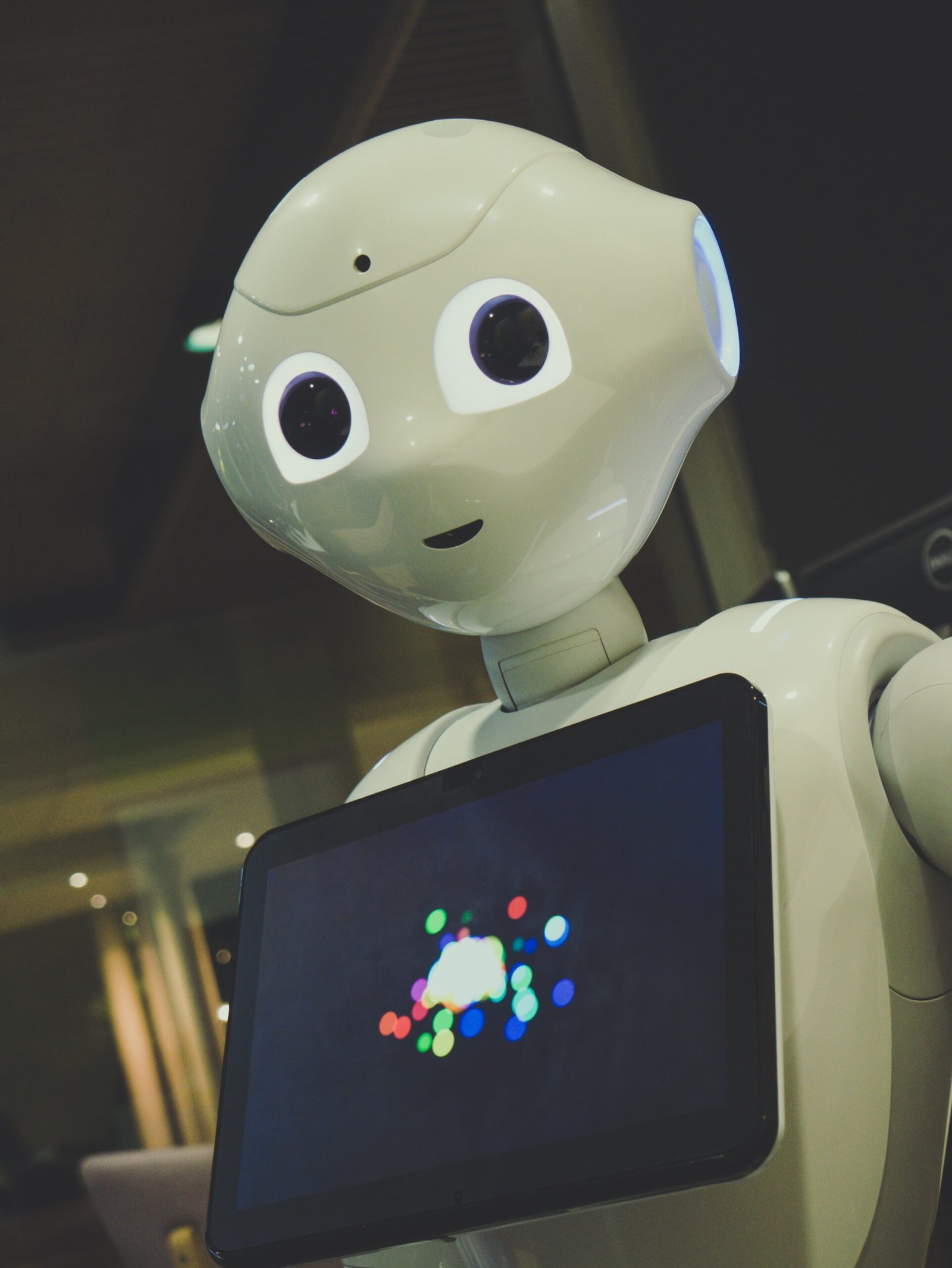Introduction
Artificial Intelligence (AI) has made tremendous strides in recent years, revolutionizing various industries and transforming the way we live and work. One fascinating branch of AI that has gained significant attention is Generative Artificial Intelligence (GAI). GAI refers to the ability of machines to generate original and creative content, such as music, art, and even stories. In this article, we will explore the concept of GAI, its applications, and the potential it holds for the future.
Understanding Generative Artificial Intelligence
Generative Artificial Intelligence involves using algorithms and machine learning techniques to enable machines to create original content. Unlike traditional AI, which relies on predefined rules and patterns, GAI has the ability to generate new and unique outputs by analyzing vast amounts of data and learning from it.
Applications of Generative AI
Generative AI has found applications in various fields, including:
- Art and Music: GAI has been used to create stunning pieces of art and compose original music. Machines can analyze existing works and generate new pieces that mimic the style of famous artists or composers.
- Design and Fashion: GAI can assist designers in creating new and innovative designs by generating multiple options based on specified criteria and preferences.
- Content Creation: GAI can generate written content, such as news articles, blog posts, and even poetry. While it may not replace human writers, it can provide valuable assistance by generating drafts and ideas.
- Gaming: GAI has been used to create non-player characters (NPCs) with realistic behaviors and reactions, enhancing the gaming experience.
- Healthcare: GAI can assist in medical research by analyzing vast amounts of data and generating insights that can aid in the diagnosis and treatment of diseases.
The Future of Generative AI
Generative AI holds immense potential for the future. As technology advances, we can expect GAI to become even more sophisticated and capable. Here are a few areas where GAI could make a significant impact:
- Creative Collaboration: GAI can act as a creative collaborator, assisting artists, designers, and writers in their creative processes. It can generate ideas, provide feedback, and help in refining and improving the final output.
- Personalization: GAI can be used to create personalized experiences for users. For example, a music streaming service can use GAI to generate playlists tailored to individual preferences, ensuring a unique and enjoyable listening experience.
- Virtual Reality and Augmented Reality: GAI can enhance virtual and augmented reality experiences by generating realistic and immersive environments and characters.
- Scientific Research: GAI can assist scientists in analyzing complex data sets, generating hypotheses, and exploring new avenues of research.
- Education: GAI can play a significant role in education by creating personalized learning experiences, generating interactive content, and providing intelligent tutoring.
Ethical Considerations
While the potential of GAI is exciting, it also raises important ethical considerations. As machines become more capable of generating original content, questions arise regarding copyright, ownership, and the role of human creators. Additionally, there is a need to ensure that GAI is used responsibly and does not perpetuate bias or harm.
Conclusion
Generative Artificial Intelligence has the potential to revolutionize the creative landscape and transform various industries. From art and music to design and healthcare, GAI is enabling machines to generate original and innovative content. As we embrace this technology, it is crucial to navigate the ethical considerations and ensure that GAI is used responsibly. The future of GAI holds exciting possibilities, and we are only scratching the surface of its capabilities.

